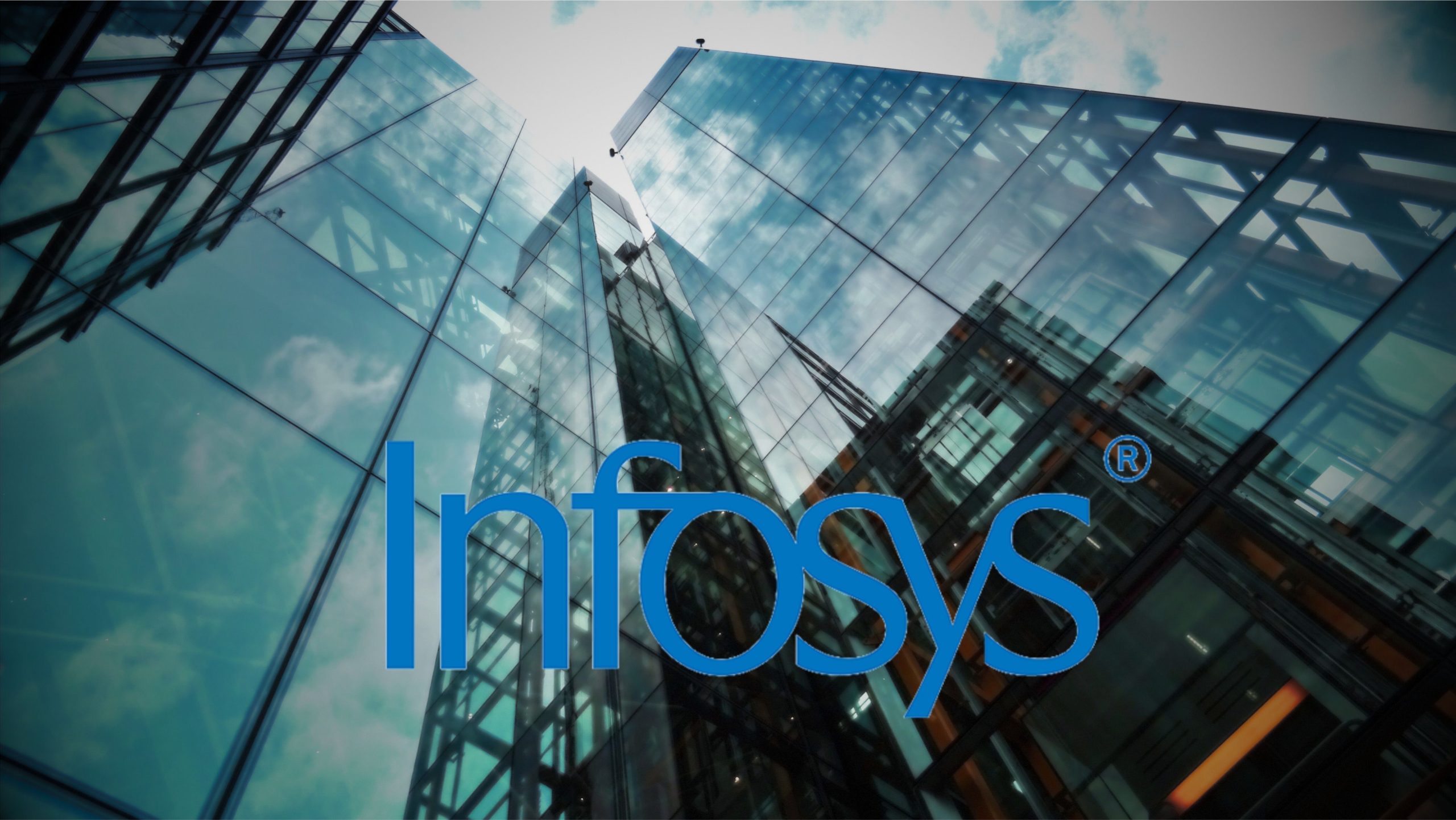The idea of Infosys was seeded among a bunch of enthusiastic IIT graduates. Infosys was founded in 1981 as an information technology consulting company to share information, provide consultancy and outsource various technologic services. Mr. Narayana Murthy spearheaded the team along with his six other friends. The story of the company started with a meager capital of Rs 10000. Even though the company was powered by intellect, they were not driven with enough capital to even buy a computer. During the late 1980s, many of their supporting hands collapsed, leaving them in a very unstable situation. Even one of the founding members left the company. Debates happened on selling the company, but Narayana Murthy and the team took a bold decision, hence Infosys’s rise.
The economic liberation of 1991 paved a very favorable environment for many companies. Infosys thrived on being the first Indian company to ever list on Nasdaq. Companies like TCS, Infosys, Wipro, etc., started fulfilling the software requirements of the World, and India started growing as the software capital of the World. In 2004 Infosys surpassed US$1 billion in revenue, US$10 billion in 2016, and crossed Rs100k crore in 2021.
The business model of Infosys that led to success
- As the country embraced the open market in 1991, the banking and manufacturing sector underwent a transformational shift. Infosys sensed the market opportunities and started focusing on providing technological consulting, financial services, developing applications
- In the initial years, they focused on the growing market more on US and European markets through Global Delivery Model (GDM). They offered high-quality IT services and consulting through enhanced productivity guidelines. They spread out their organization across the geography in more than 50 countries.
- Strategic investment has played a vital role in consistent growth rate. This enabled them to attract a lot of clients from diverse fields and investment partners. They acquired potential companies like McCamish Systems in 2009, Portland Group in 2012), Skava in 2015, Panaya in 2015, and Brilliant Basics (the UK in 2017).
- Ability to adapt to the changing economy and market. Innovation was always appreciated and timely adapted by the company. They are playing a significant role in developing Artificial intelligence and blockchain technology for the country.
Growth of Infosys by Investing in new service and technology offerings
- They focused on the relevance of clients’ businesses by creating demands by scaling cloud business, advanced digital services like Artificial intelligence, people care, and their development. They also focus on seeding the next generation, like Web 3.0, blockchain technology, metaverse, and quantum.
- Infosys attracted a lot of talent acquisitions. They embraced engagement, empowerment, and a learning environment for their employees. They offered prospective career options and invested a lot in upskilling and retention of their employees.
- Sustainability in their practices is another step they took to be an ethically responsible corporate, reducing their energy dependence and low environmental footprint. They promoted the Infosys Foundation to work on environmental Sustainability, healthcare, education, rural development, etc.
- Healthy relationship with governance, wide shareholder base, the independent board supported
- Infosys follows an asset-light operation and Artificial intelligence to maximize asset performance. It enables an ecosystem spanning sensors that help improve the analysis and automation to maximize the asset’s performance and minimize downtime.
- The change management strategies followed by the organization are flexible and can adapt quickly while retaining, increasing, motivating, and increasing their employees’ creativity and productivity. The right mix of activities, methods, and tools in changing coaching and changing management is crucial to success, sustainable change.


